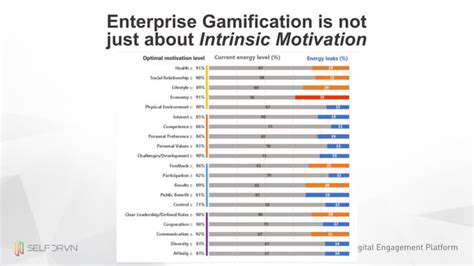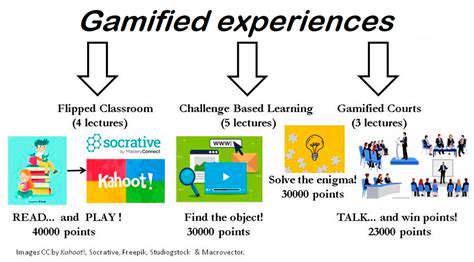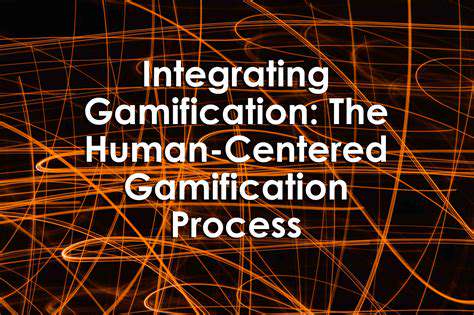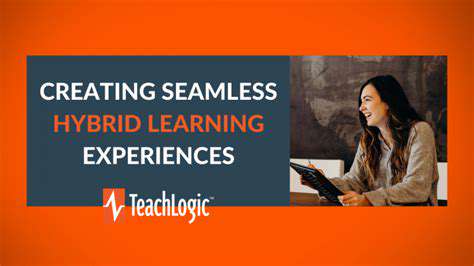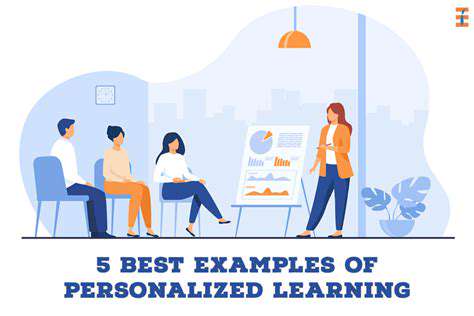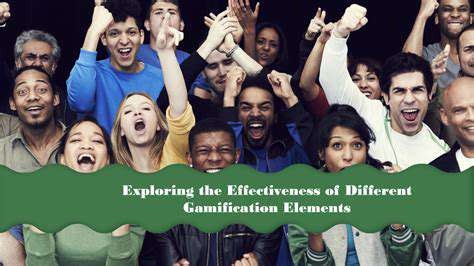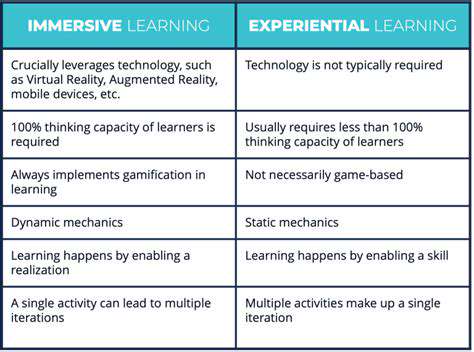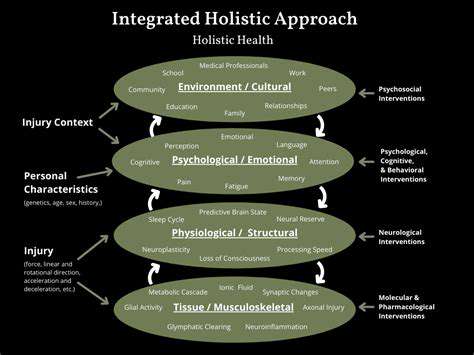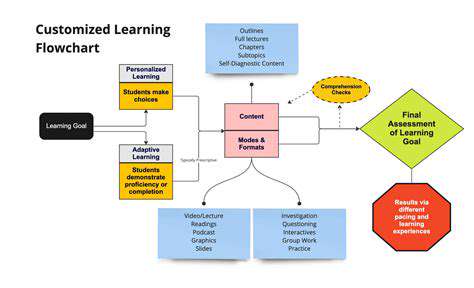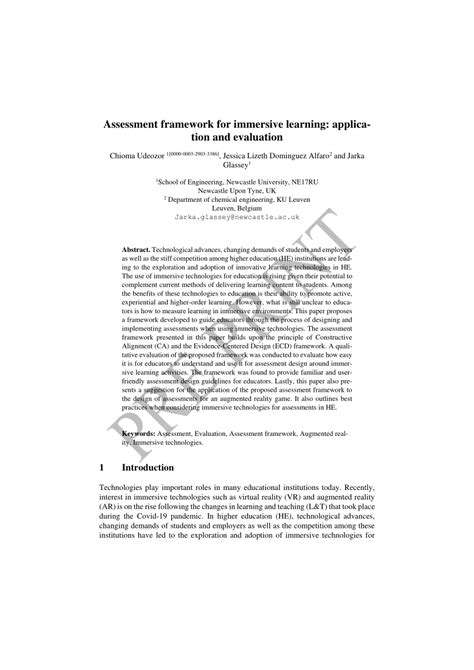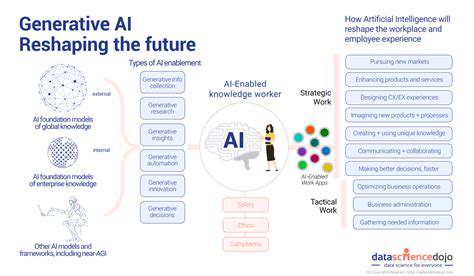The Evolution of Learning Platforms: From LMS to LXP
The walls of the traditional classroom can no longer contain these dynamic systems. Forward-thinking corporations now deploy them as engines for workforce transformation, recognizing that continuous learning isn't just for students - it's the lifeblood of competitive organizations. As industries evolve at breakneck speed, these platforms offer the scaffolding for professional reinvention.
On the horizon? Systems that don't just respond to learners but anticipate their needs. Imagine platforms that recognize when a learner's attention wanes and adjust content accordingly, or that can predict which concepts will challenge a particular student before they encounter them. This isn't just personalized learning - it's learning that knows us better than we know ourselves, creating educational experiences as unique as fingerprints.
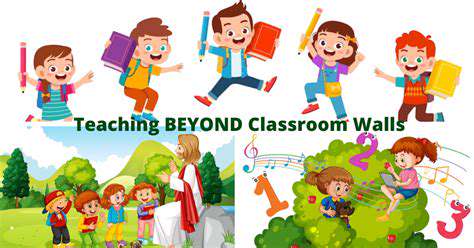
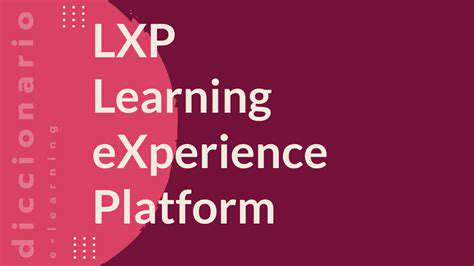
Key Differentiators Between LMS and LXP
Defining the LMS
Traditional Learning Management Systems function like digital schoolhouses - complete with syllabi, gradebooks, and standardized curricula. Their strength lies in creating order from educational chaos, ensuring every learner receives the same core content regardless of location or circumstance. While some criticize their rigidity, this structure provides the necessary framework for compliance training and foundational knowledge acquisition across large organizations.
Personalized Learning Experiences with LXPs
Learning Experience Platforms throw open the doors of the digital classroom, inviting learners to wander intellectual gardens of their own design. These platforms understand that professional growth rarely follows straight lines - it zigs through articles, zags through videos, and occasionally detours into discussion forums. By putting learners in the driver's seat, LXPs acknowledge that the most meaningful learning often happens when we follow our curiosity down unexpected paths.
Content Variety: Structured vs. Dynamic
Where LMS platforms offer carefully curated museum exhibits - valuable but static - LXPs create vibrant marketplaces of ideas. They host not just formal courses but the entire ecosystem of learning: TED Talks that spark inspiration, GitHub repositories that demonstrate real-world application, and peer discussions that cement understanding. This variety mirrors how we naturally learn outside formal education - through a rich mix of media, experiences, and conversations.
Focus on Learning Outcomes vs. Learning Journeys
The difference here resembles the contrast between a road trip with a strict itinerary and one where the journey matters as much as the destination. LMS platforms ensure travelers reach predetermined landmarks (learning objectives), while LXPs equip explorers with compasses rather than maps. This shift from what you should know to how you learn best reflects the growing understanding that sustainable learning stems from intrinsic motivation rather than external requirements.
Flexibility and Integration: Adapting to the Modern Workplace
Modern LXPs function like Swiss Army knives for professional development, integrating seamlessly with the tools knowledge workers use daily. They recognize that learning doesn't happen in isolation but is woven into the fabric of work itself - emerging during Slack conversations, crystallizing while analyzing Salesforce reports, and solidifying through Jira project reflections. This fluidity makes learning feel less like an interruption and more like a natural extension of work.
User Experience and Learner Engagement: Driving Motivation
The best LXPs understand an uncomfortable truth: no matter how valuable the content, if the platform feels like drudgery, learners will disengage. These platforms borrow from consumer technology's playbook, creating experiences that feel more like exploring a favorite app than completing mandatory training. By prioritizing delight as well as functionality, they transform learning from a chore into a choice - and that makes all the difference in adoption and retention.
Accessibility and Scalability: Meeting Diverse Needs
In an era where workforces span generations, cultures, and neurotypes, one-size-fits-all solutions increasingly fail to serve anyone well. Modern LXPs embrace this diversity, offering multiple pathways to the same knowledge. Whether a learner prefers video summaries, detailed whitepapers, interactive scenarios, or peer discussions, the platform accommodates - recognizing that how we learn is as individual as why we learn.
